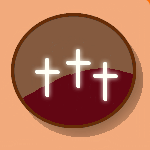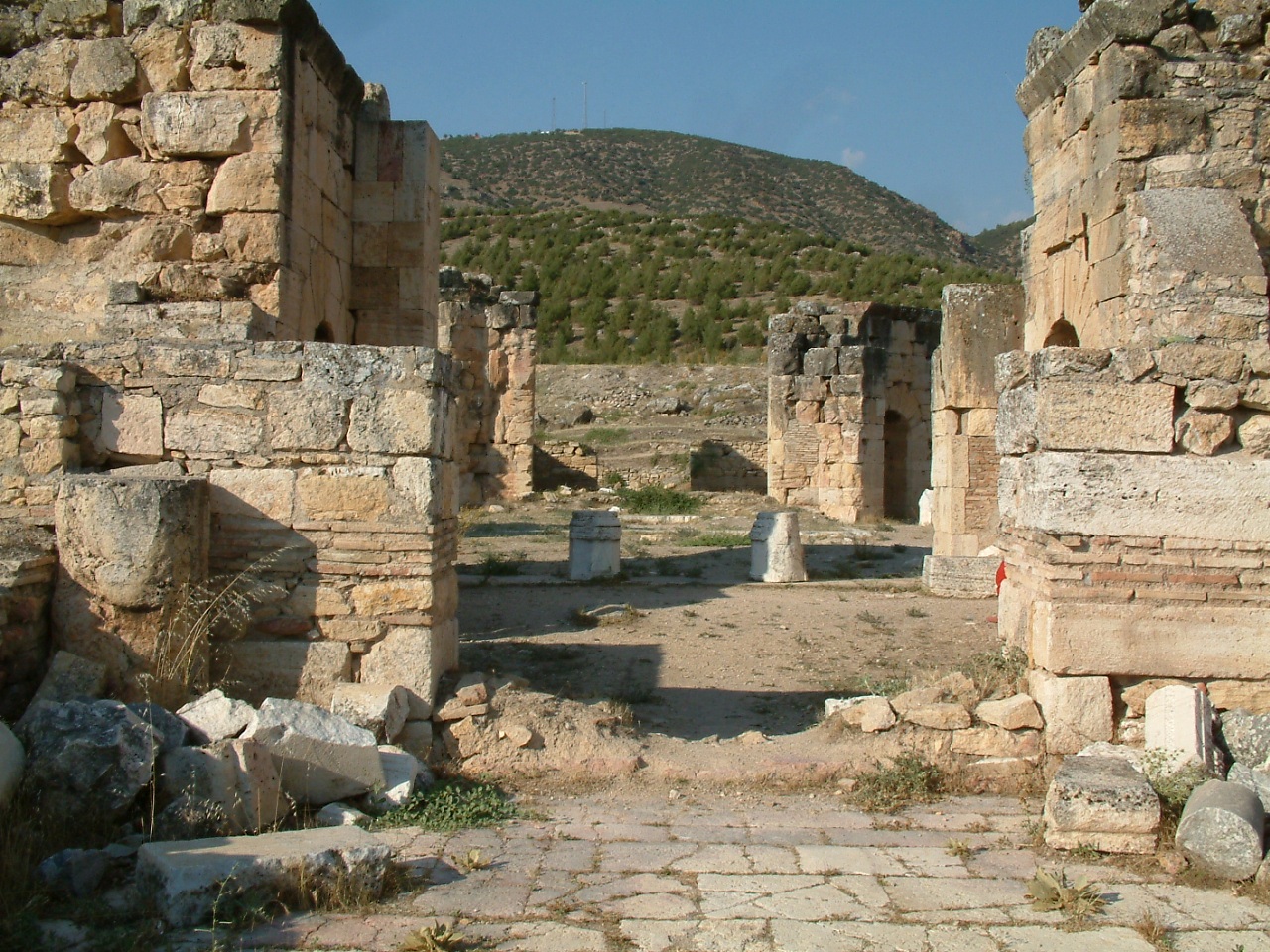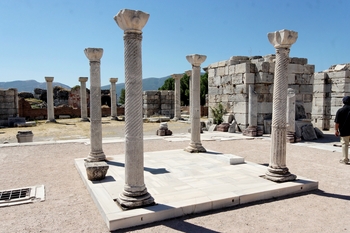

A Rebuttal
Intro Horus Jewish Myth Josephus Forgery Reliablity Historical Evidence Jesus Crucifixion Disciples Experinces Disciples Transformation Paul's conversion Church Growth Appendixes References

Transformation of DisciplesNew
Testament references
Early
Christian Writings
Hippolytus: Andrew
preached to the Scythians [modern
day Bartholomew, again, preached to the Indians, to whom he also gave the Gospel according to Matthew, and was crucified with his head downward, and was buried in Allanum, a town of the great Armenia [modern day southern Georgia]. (Ichthus, pg. na). And
James the son of Alphaeus,
when
preaching in James,
[John's] brother, when preaching
in Matthew
wrote the Gospel in the Hebrew
tongue, and published it at Peter
preached the Gospel in Eusebius About
that time, Pantaenus, a man
highly distinguished for his learning, had charge of the school of the
faithful
in Peter likewise was crucified under Nero. Jewish Writings Josephus: He assembled the Sanhedrin of the judges, and brought before it the brother of Jesus called Christ, whose name was James, and some others. When he had accused them as breakers of the law, he delivered them to be stoned (Van Voorst 2000,, pg 83). Archaeology or Relics
Martyriam of Phillip A
memorial built to commemorate the
Apostle Phillip in
Tomb
of John The
Apostle John is believed to
have been buried in
In
summary, the disciples are people
of history. The disciples were men of varied positions (fisherman, tax
collector), that were not particularly famous, noteworthy or learned
personalities. After their experiences-- in which they claimed to be
with Jesus
and to see Him after the resurrection-- they faced a certain future of
extreme
persecution, and likely death, in order to pass on their message. They
left
their homes, culture and customs to spread their new message all across
their
known world.
|





